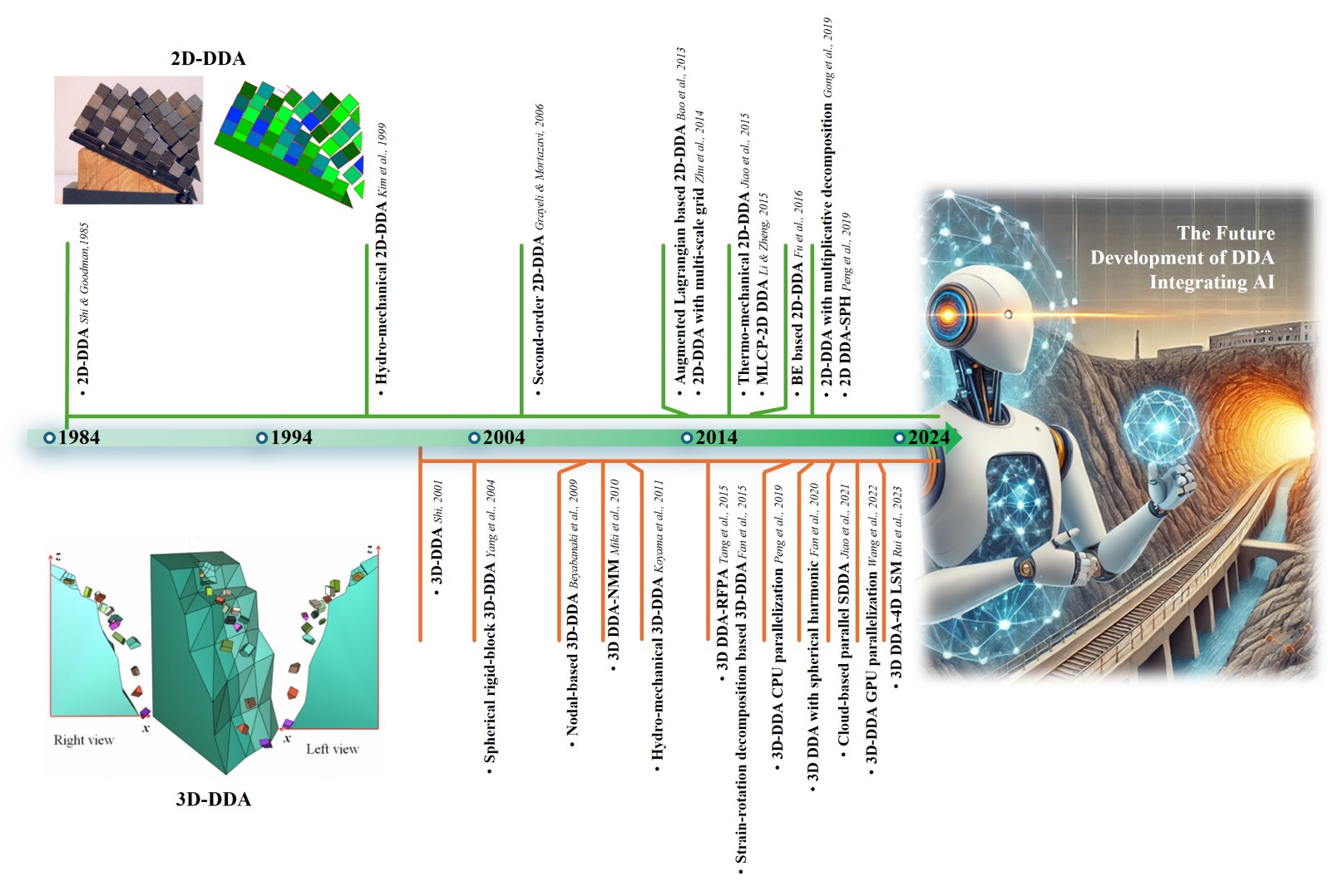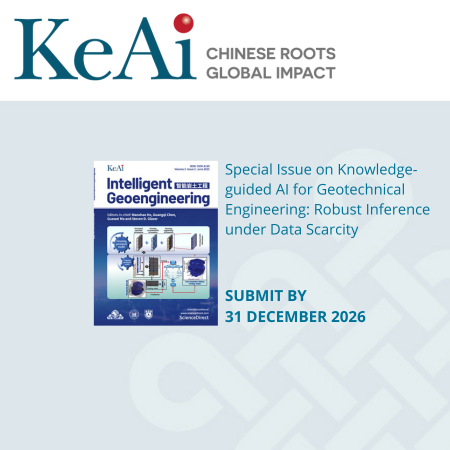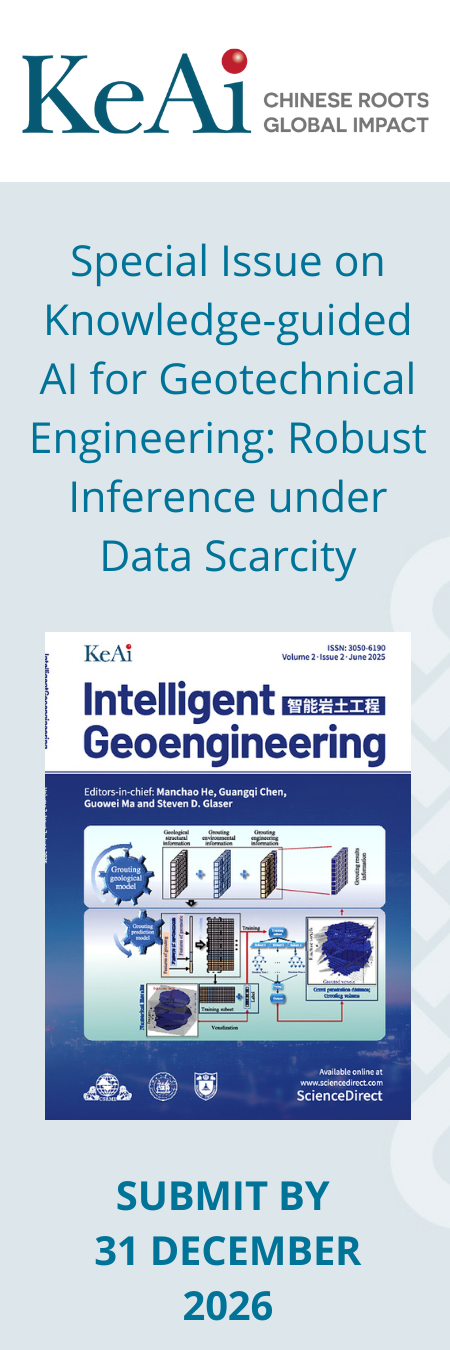Merging AI and Numerical Analysis for Next-Generation Rock Mechanics
Published 11 June, 2025
For decades, engineers and scientists have relied on Discontinuous Deformation Analysis (DDA) to understand how rocks behave under stress — think landslides, rock blasting and stability of tunnels. DDA, which simulates the movement and interaction of individual rock blocks, was first proposed by Shi Genhua in 1985 and has since become a commonly used method in geotechnical engineering.
In a new study published in Intelligent Geoengineering, Shi reveals a notable upgrade: blending DDA with artificial intelligence (AI) to tackle some of the toughest challenges in rock mechanics.
“Traditional DDA breaks down rock masses into blocks and calculates their movements using math-based rules. It's great for modeling things like slope instability or underground structures, but it can be slow and tricky to fine-tune,” explains Shi.
By pairing DDA with smart tech, it can be faster, more accurate and easier to use. “Users may only need to provide a sketch, from which a 3D model can be automatically generated, followed by block segmentation to create the DDA model," says Shi.
This upgrade stands out in a few ways. First, it automates the tricky process of setting up simulations — no more endless tweaking by hand. Second, it uses AI to calibrate models without human guesswork, ensuring results match real-world tests like rock strength experiments. Finally, it fuses physical data from lab tests or field sensors with digital models, creating "digital twins" of rock systems. “This means engineers can virtually test ideas, such as evaluating how a tunnel withstands pressure before construction begins,” adds Shi.
DDA with AI can also better predict when and how slopes might fail, giving communities more warnings. "For underground projects like mines or hydropower dams, it helps engineers come up with safer and more efficient design solutions," says Shi.
The study also hints at surprises, like how AI uncovered subtle patterns in rock movement that humans might miss. "The research focus of DDA has gradually shifted from the traditional algorithm improvement and model coupling to the direction of automation, intelligence and multi - information fusion,” shares Shi. “This shift helps improve DDA’s performance in terms of simulation accuracy and computational efficiency.”

Contact author details: Gen-Hua Shi, DDA Company, 1746 Terrace Drive, Belmont, CA 94002,USA, sghua@aol.com
Conflict of interest: The authors declare that they have no known competing financial interests or personal relationships that could have appeared to influence the work reported in this paper.
See the article: Shi Gen-Hua, Overview of discontinuous deformation analysis and its prospects for intelligent modelling, Intelligent Geoengineering, Volume 1, Issue 1, 2024, Pages 30-48, https://doi.org/10.1016/j.ige.2024.10.002.

